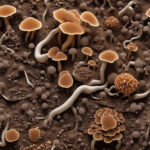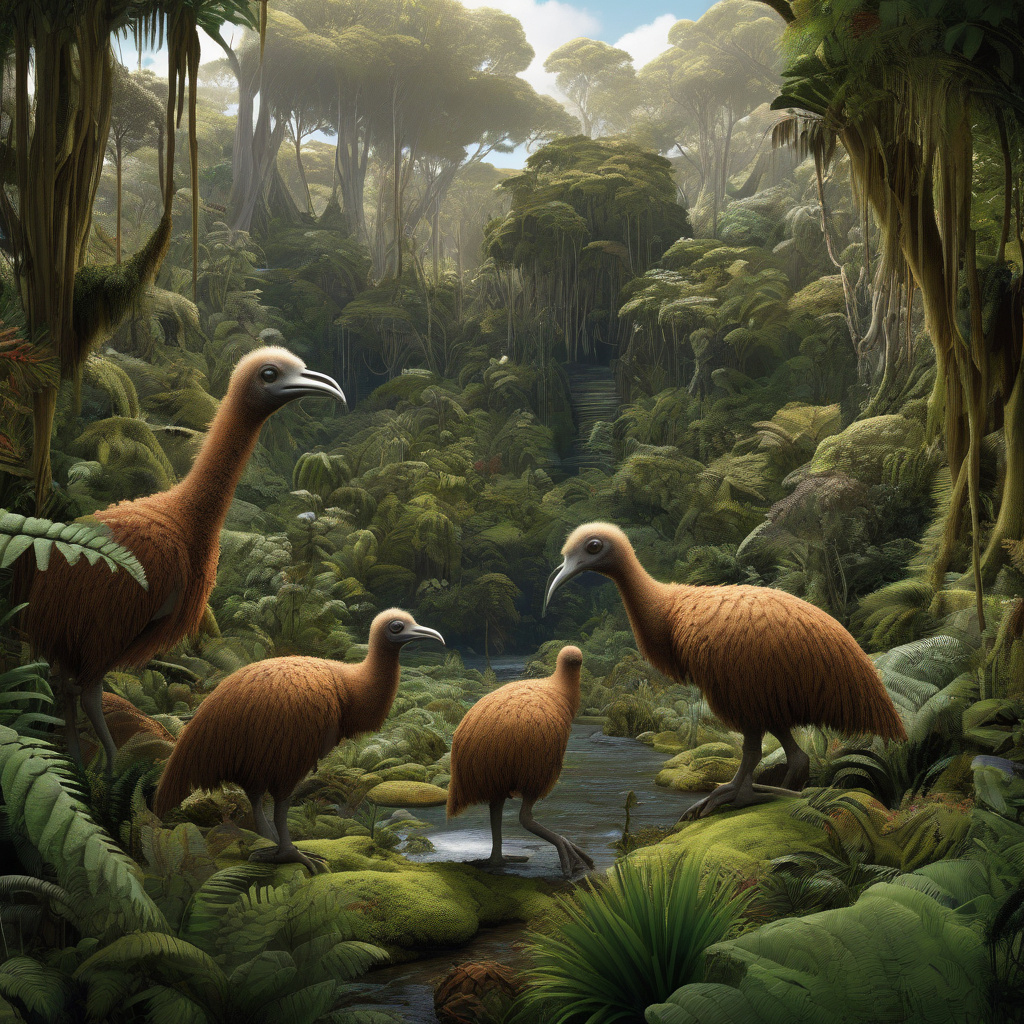Resurrecting the Moa: Colossal Biosciences Aims to Bring Back New Zealand’s Giant Flightless Birds
Colossal Biosciences, known for its de-extinction efforts with woolly mammoths and dodos, is now targeting the resurrection of New Zealand’s iconic giant flightless birds, the Moa. These massive creatures, which roamed the forests of New Zealand until their extinction around 600 years ago, are a prime candidate for the company’s cutting-edge genetic technology.
The Moa were a diverse group of birds, with 9 different species ranging in size from the turkey-sized Little Bush Moa to the towering Giant Moa, which stood up to 12 feet tall. Despite their impressive stature, the Moa were no match for human settlers who arrived in New Zealand and hunted them to extinction. Now, Colossal Biosciences aims to right that wrong by bringing these majestic birds back to life.
Using a combination of ancient DNA samples, gene editing techniques, and selective breeding, Colossal Biosciences plans to create a genetically modified bird that closely resembles the extinct Moa. By splicing together DNA from Moa remains with that of their closest living relatives, such as the Kiwi bird, scientists hope to recreate the unique traits and characteristics that made the Moa so special.
The implications of this de-extinction project are far-reaching. Not only would the resurrection of the Moa help restore a lost piece of New Zealand’s natural heritage, but it could also have significant benefits for the country’s ecology and economy. The reintroduction of the Moa could help restore balance to New Zealand’s ecosystems, as these birds played a crucial role in seed dispersal and plant regeneration.
Furthermore, the revival of the Moa could create new opportunities for eco-tourism and scientific research. Imagine hiking through the forests of New Zealand and coming face to face with a living, breathing Moa, a creature that has not walked the earth for centuries. The potential for educational programs, conservation initiatives, and sustainable development is immense.
Of course, the project is not without its challenges and controversies. Critics argue that de-extinction efforts like this divert resources away from existing conservation projects and raise ethical questions about playing “ecological deities.” There are also concerns about the unintended consequences of reintroducing a long-extinct species into a modern ecosystem.
However, Colossal Biosciences remains undeterred in its mission to bring back the Moa. The company’s track record of success with other de-extinction projects, coupled with advancements in genetic technology, makes the resurrection of the Moa seem more achievable than ever before. If all goes according to plan, we could soon witness the rebirth of one of New Zealand’s most iconic birds.
In conclusion, the resurrection of the Moa represents a bold and ambitious step forward in the field of de-extinction. By leveraging cutting-edge science and technology, Colossal Biosciences is poised to achieve what once seemed impossible – bringing back a species from the dead. Whether you view this endeavor as a triumph of human ingenuity or a misguided folly, one thing is certain: the return of the Moa would be a momentous event with profound implications for New Zealand and the world.
#DeExtinction, #ColossalBiosciences, #NewZealand, #Moa, #GeneticTechnology












